The Fibonacci sequence appears in the smallest, to the largest objects in nature. It is a way for information to flow in a very efficient manner.

The actual Fibonacci sequence is this series of numbers: 0, 1, 1, 2, 3, 5, 8, 13, 21, 34. Simply put, the next number in the sequence is formed by adding up the previous 2 numbers. (0 + 1 = 1, 1 + 1 = 2, 2 + 1 = 3, and so on.)
The Fibonacci sequence is named after Leonardo of Pisa, who was known as Fibonacci. Though Fibonacci first introduced the sequence to the western world in 1202, it had been noted by Indian mathematicians as early as the sixth century.
The Fibonacci defines how the density of branches increases up a tree trunk, the arrangement of leaves on a stem, and how a pine cone’s scales are arranged. Yet you will not see the Fibonacci everywhere, as nature has many different methods and shades of survival.
Strangely enough, my aversion to math could have been cured by introducing this mouth opening concept in my early middle school years. Plants equal unity in Universe… Everything in the universe follows the exact same geometric pattern, over and over and over again. After researching this phenomenon, a small spark of mathematical appreciation is ignited again 🙂
Recently my family and friends went to one of those fun secret places, called Escape Rooms, where guests require to solve puzzles to get out of the locked rooms victoriously. There was no hope for me personally getting out of there, if not for my husband solving all the mysterious plots. The very last prompt for the door to be opened asked us to solve the Fibonacci sequence code. My husband laughed he should have paid more attention to this in college while he was the only one solving the sequence. In the end, we lost on time and were trapped until the place owner got us out. That was the first time I encountered the FS concept. Now, witnessing it in nature, my perception of the world is magnified to new proportions.
Here are some examples of sacred nature:



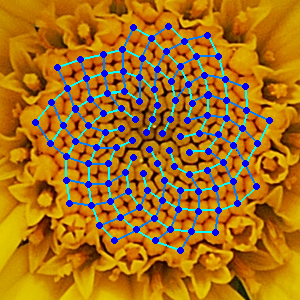


Pinecone
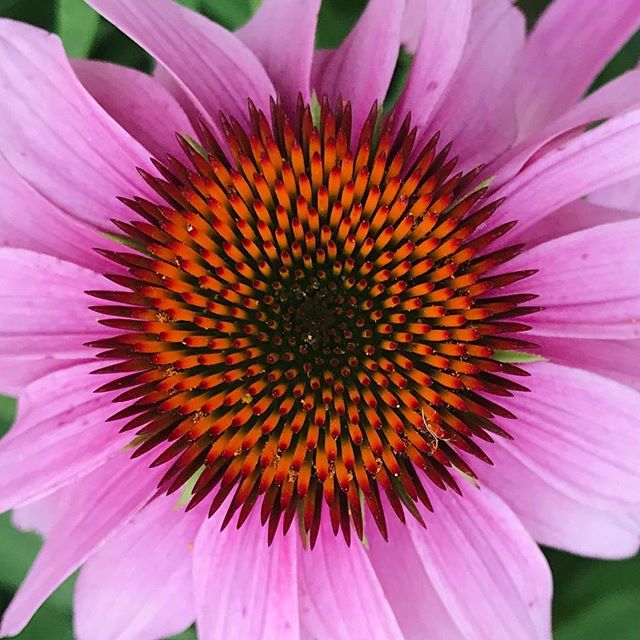
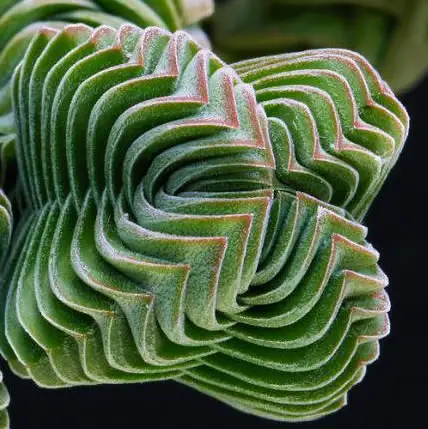

Nautilus Shell



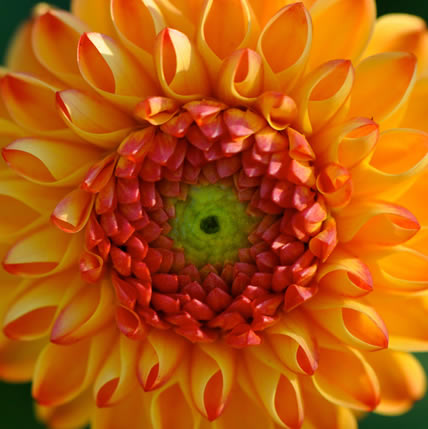
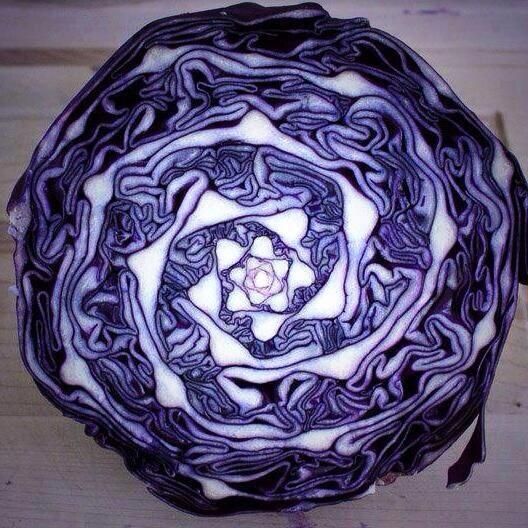
Cabbage Fibonacci Sequence

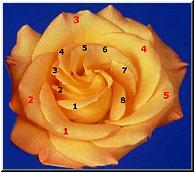
Intriguing and fascinating evidence of Universal Unity. It seems that the “awe” around is silent and consistent and is unaltered by today’s drama.
Wishing you a smooth flowing memorable day,
Luda@PlantsandBeyond.com
Resources:
http://www.sciencenews.org/article/mathematical-lives-
http://www.sciencemag.org/news/2016/05/sunflowers-show-complex-fibonacci-sequences
http://jwilson.coe.uga.edu/EMAT6680/Parveen/Fib_nature.htm
http://www.sussexflora.org.uk/resources/articles/fibonacci-series-plants/
https://www.niftyhomestead.com/blog/fibonacci-sequence-in-nature/
http://www.divinetemplatecreations.com/sacred_geometry/fibonacci.html
https://math.temple.edu/~reich/Fib/fibo.html
Disclaimer: None of the images belong to PlantsandBeyond.
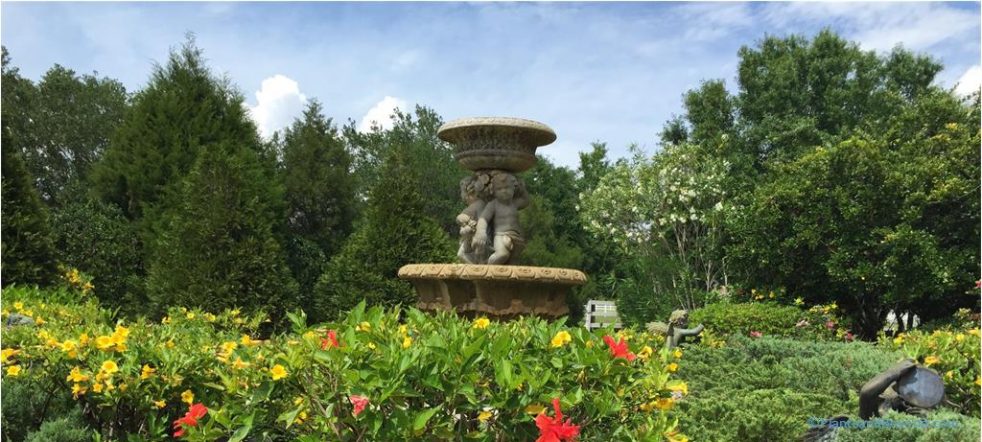


I agree but you would be even more surprised if you google this:
The Golden Ratio
I’ve written a post about it:
https://novuslectio.wordpress.com/2017/11/04/what-is-the-golden-ratio/
LikeLiked by 3 people
I’m a nerd, so I already knew about Fibonacci sequences, but I never tire of seeing examples in nature. And I didn’t know about the curve of the chicken egg fitting it! So something new for me too!
LikeLiked by 7 people
So happy to hear 🙂 Its fascinating to learn and discover this sequence in my own backyard 🙂
LikeLiked by 2 people
I am sorry to hear that uninspiring instruction in the middle grades created in you an aversion toward math. As a former math teacher I enjoyed reading your post on the Fibonacci sequence and viewing the amazing photos. I am glad that your interest in math was rekindled by exploring the FS. Math is not just the study of numbers, but is also an invitation to explore patterns, shapes, and geometric entities, which all can be found in nature and in the entire universe. I am seeking your permission to reblog your amazing post.
LikeLiked by 5 people
OMG, it will be an honor! Coming from the Math teacher? I only wish to meet you earlier 🙂 Please do reblog, that will definitely ignite my further desire to learn. My case in the middle school, let’s say discrimination, more like it, is etched forever in my mind, but I certainly is in awe of people who do understand the math patterns. Thank you for your inspiring comment, Peter.
LikeLiked by 3 people
This is totally amazing. You can find math in nature. Great article I love it , and pictures to prove it great too❤️
LikeLiked by 3 people
LOL, well, thank you so much :)))
LikeLike
Beautiful,intriguing,fascinating🌸
LikeLiked by 2 people
Thank you so much, Ortensia. Lots of hugs
LikeLiked by 1 person
And back😊
LikeLiked by 1 person
Reblogged this on The Peter and Gertrud Klopp Family Project and commented:
I was so fascinated by the pictorial representation of mathematical sequences and patterns embedded in plants, flowers, trees and even in the spiral shapes of our galaxies that I felt compelled to reblog ‘plantsandbeyond’s’ post. It is my hope that you enjoy it as much as I do.
LikeLiked by 3 people
So honored, thank you for making my day.
LikeLiked by 1 person
You are welcome!
LikeLiked by 1 person
Wow! Intriguing and fascinating indeed!
LikeLiked by 2 people
Fascinating post! Thank you for sharing.
LikeLiked by 2 people
Thank you so much, Diana
LikeLiked by 1 person
Most welcome. 🙂
LikeLiked by 1 person
Beautiful shots! I’ve learned to love math, partly through homeschooling my children and partly through learning about how math is everywhere in nature. It’s truly astonishing.
LikeLiked by 2 people
Thank you so much, Sonia🌿
LikeLiked by 1 person
Beyond amazing ✔✔
LikeLiked by 2 people
Awww, lots of hugs, Thank you for your sweet comment
LikeLike
Amazing! I have heard of this phenomena, but never quite seen it so beautifully presented in this visual way. Thank you!
LikeLiked by 2 people
What a kind comment to read. Thank you so very much! So happy you found this article useful.
LikeLiked by 1 person
Like you, I was hopeless at math but came to appreciate it later and I’ve always loved the beauty inherent within the Fibonacci sequence – love the photos!
LikeLiked by 2 people
Thank you so much, Fiona for visiting, reading and your lovely comment.
LikeLike
Wonderful post. Beautiful photos to prove it too! Nature is so amazing.
LikeLiked by 2 people
Wow ! This is amazing & interesting !!
LikeLiked by 3 people
So happy you found this info interesting🌿
LikeLiked by 1 person
Fascinating! And beautifully illustrated, literally!
LikeLiked by 1 person
Thank you very much, Mama!
LikeLiked by 1 person
I was especially intrigued with your photo of the sequence in a purple cabbage. Now I’m going to look for it in additional types of foods. Very cool post!
LikeLiked by 1 person
Awww, thank you so very much for reading and commenting. Appreciate your input
LikeLiked by 1 person
Really love this post! I never tire of seeing examples of mathematical sequences in nature. Thanks for sharing!
LikeLiked by 1 person
Thank you so much for your kind comment, Maanini 🌿🌿🌿
LikeLiked by 1 person
Beautiful explanation of Fibonacci! Beautiful examples! Thank you🌷.
LikeLiked by 1 person
Thank you very much for your kind comment !
LikeLike
OMG! Plants!!!! This fascinates me!
I’m sorry it took me do long to get here! Ima plant some roots now though!
LikeLiked by 1 person
Sooooo happy to hear that. Thank you for reading, Mel :))))
LikeLike
Thank YOU! I love your blog! I will definitely be spending some time here!😉😍
Have a great weekend!
LikeLiked by 1 person
Really appreciate it, Mel🌿
LikeLiked by 1 person
Reblogged this on bodyandsoulnourishmentblog and commented:
Lovely post about sacred geometry in all of Nature, including the Human Body…Thank you! I must share 🙂
LikeLiked by 1 person
That is so kind and I really appreciate your visit and input, BodyandSoul!!!✨🌿✨
LikeLike
Awesome! Reblogging this to my sister site “Timeless Wisdoms”
LikeLiked by 1 person
Thank you so very much
LikeLike
😘
LikeLiked by 1 person
Thanks for following my blog, and for your like of my post, “The Aaronic Blessing 2;” you are very kind.
LikeLiked by 1 person
Highly interesting!
LikeLiked by 1 person
Thank you so much for your comment
LikeLike
You are right, Luda. Learning about and grasping the applications of this formula might have made me appreciate math more when I was younger!
LikeLiked by 1 person
Ha, this is a subject very dear to me. Indeed, we find notions of mathematics in abundance in nature. It had long been noticed that the numbers in Fibonacci sequence were important in nature, but it is only recently that we understand why. This is particularly a question of efficiency in the process of plant growth. This one is connected to another famous number, the number of gold, itself closely related to the spiral form of certain shells. In the case of sunflower, pineapple and pine cone, the correspondence with Fibonacci numbers is very accurate, while in the case of the number of flower petals, it is rather revealed on average; and in some cases the number is doubled because the petals are arranged in two rows. Sorry, I got carried away! This is one of the reasons why I love math.
LikeLiked by 1 person
Amazing, you are so knolwedgable. Love it and and thank you for sharing Dominique!
LikeLiked by 1 person
Haha… Thanks Luda but I am not really. I have the privilege in my job of interviewing the researchers who hold the knowledge and reveal the results of their studies to me. My job is simply to make the information accessible. The bonus is that I get paid to do it. 😀
LikeLiked by 1 person
Thanks for following my blog, and for your likes of my articles; you are very kind.
LikeLiked by 1 person
I have never been that good with numbers and math, but I love fractal art and am fascinated by all the fractals that appear in nature. Random-looking things are actually very organized. One of my philosophy teachers said, “God is number.”
LikeLiked by 1 person
Wow ! Really that’s an amazing fact – I love that analogy of your philosophy teacher -and it sounds correct ;)🤗🌷🌿
LikeLike
I was aware of this phenomenon before, still, every time I see it, it blows my mind😊 Are you familiar with the golden ratio as well? Cool stuff💕
LikeLiked by 1 person
Oh wow, not really, would love to learn more about it. Thank you for this suggestion!
LikeLiked by 1 person
Reblogged this on seekyoursymbiosis.
LikeLiked by 1 person
Thank you 🌟🙏🏼☀️
LikeLike